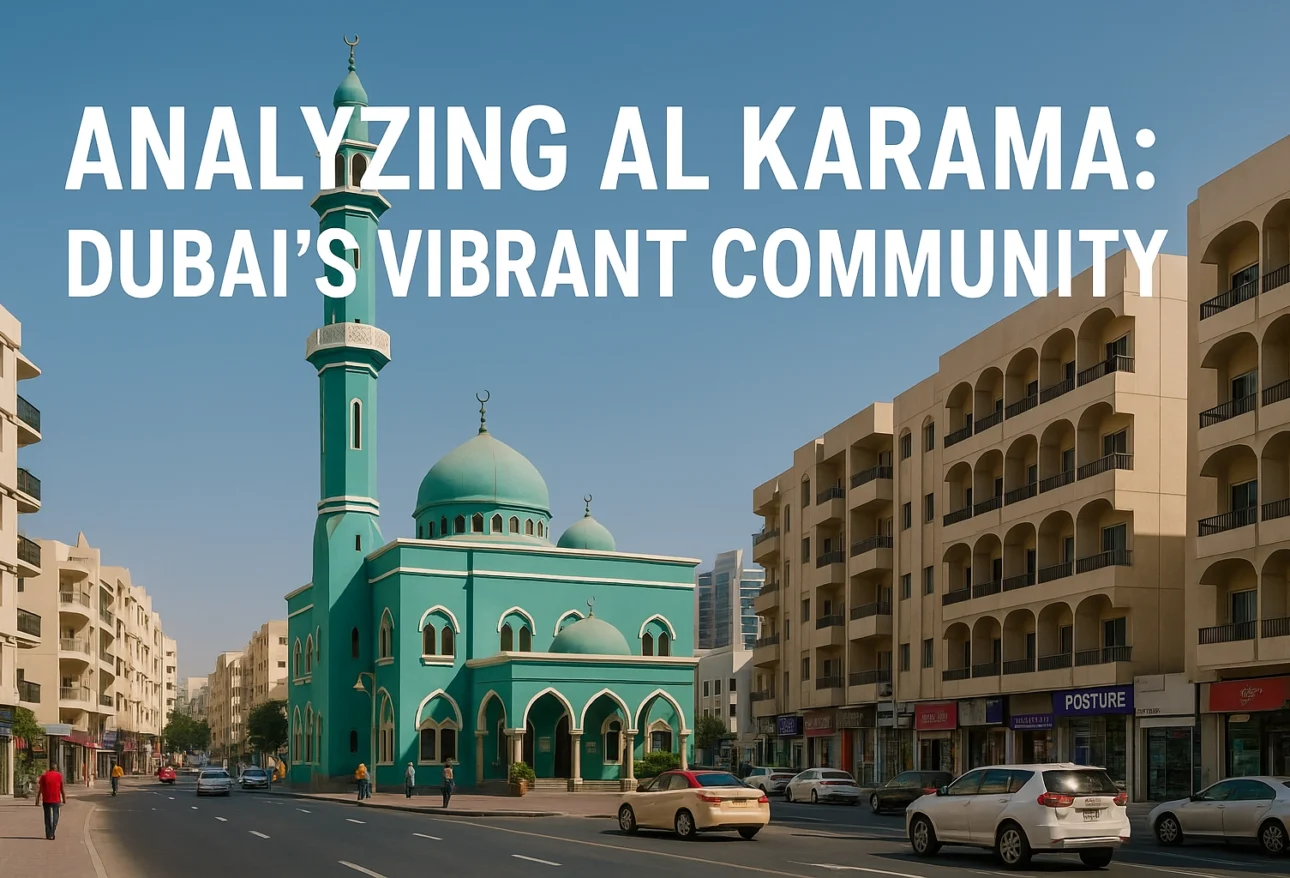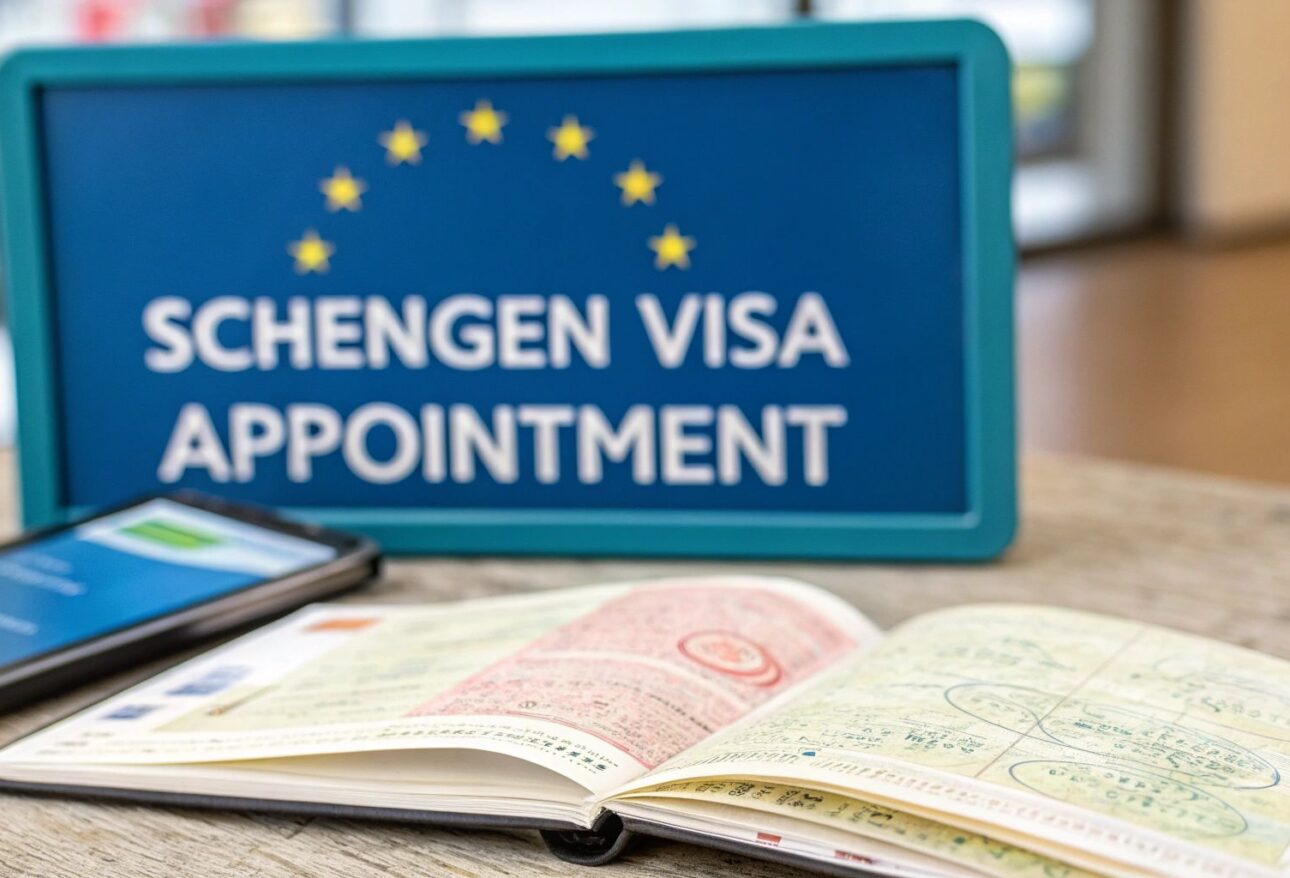
Analyzing Al Karama: Dubai’s Vibrant Community
If you think Dubai is all glittering skyscrapers and luxury malls, think again. Just a short hop from the city’s headline attractions is Al Karama, a neighborhood that buzzes with everyday life, affordable eats, and lively street scenes. In this beginner-friendly analysis, we’ll zoom in on al karama in dubai to understand why it’s beloved by longtime residents and curious newcomers alike. Here’s what you’ll get from this read: a clear snapshot of Karama’s vibe, who it suits, and how it fits into the wider city. We’ll break down the layout and landmarks, the food scene and shopping options, housing and price points, plus transport links that make getting around easy. You’ll also learn the pros and cons—what’s charming, what can be crowded, and what to expect at different times of day. Think of this as your simple, practical guide to the community side of Dubai, with tips to help you explore like a local and decide if Karama should be on your must-visit (or must-live) list. Current State of Al Karama A long-standing residential heartland As one of Dubai’s oldest and most populous neighborhoods, Al Karama balances heritage with urban convenience. Its multicultural streets are lined with low-rise blocks, family-run groceries, tailors, and pocket parks, giving newcomers an immediate sense of community. Affordable apartments and excellent connectivity—two Metro stations nearby, dense bus routes, and quick access to Sheikh Zayed and Sheikh Rashid Roads—keep demand steady among renters and small businesses. The area’s shopping and dining scene is famously diverse, from Karama Market and Karama Centre to late-night cafeterias and regional cuisines. For a fuller snapshot of amenities, history, and typical rents, see this complete area guide to Al Karama. Mixed-use momentum Mixed-use is central to Al Karama’s vibrancy. Many buildings combine residential floors with ground-floor retail and small offices, creating all-day footfall and resilient cash flows. Recent transactions hint at where capital is heading: sales value for mixed-use land surged by 902.3%, signaling appetite for redevelopment plots that can intensify use. For investors, that points to potential in refurbishing older stock or assembling parcels near ADCB and BurJuman Metro to capture commuter traffic. For residents, choosing buildings with retail podiums and supermarkets at grade typically translates into lower transport costs and stronger neighborhood convenience. Regeneration and market signals Data also shows a market recalibration. Apartment rental volume reached 13,116 deals, down 7.7% year-on-year, while rental value fell 19.4% to AED 858.2 million; average monthly rent sits around AED 10.9 per sq ft. Practically, this means better negotiating power for tenants and opportunities for landlords to upgrade units to stand out. Urban regeneration—streetscape upgrades, safer crossings, façade refreshes, and smarter parking management—aims to ease crowding and limited parking, long-standing pain points in al karama in dubai. Actionable tip: prioritize buildings with allocated parking or within a five-minute walk of Metro to avoid congestion and protect time. As these improvements bed in, the district’s mixed-use core is positioned for stable occupancy and selective value uplift. Al Karama’s Real Estate and Connectivity Affordable housing that still draws families and newcomers Price remains Karama’s headline advantage. Recent data shows apartment rentals at 13,116 transactions, a -7.7% slide, with values at AED 858.2 million (-19.4%)—conditions that give tenants leverage. The average monthly rent is about AED 10.9/sqft, so a 700‑sq‑ft one‑bed roughly equals AED 7,630/month, while a 450‑sq‑ft studio is near AED 4,905/month. Beyond price, walk-to-everything convenience matters; many residents cite supermarkets and eateries at their doorstep as a must-have. It’s no surprise that reasons to invest in Al Karama, Dubai often start with affordability plus access. For beginners comparing neighborhoods, this value-to-access mix makes al karama in dubai a smart shortlist candidate. Connectivity that cuts commute time The area is well served by public transport: BurJuman (Red/Green interchange) and ADCB (Red Line) cover most commutes, backed by frequent RTA buses. From BurJuman, you’re roughly 10–15 minutes to DIFC/World Trade Centre and about 15–20 minutes to DXB, depending on time of day. Road links via Kuwait St, Sheikh Khalifa Bin Zayed St, and Oud Metha Rd keep Downtown and Dubai Healthcare City within 10–20 minutes. Practical tip: shortlist buildings within a 5–10 minute walk of a station to save on parking and ride‑hailing. Population growth is reshaping development Karama’s high resident density keeps shops busy and streets lively, but it also means crowding and limited parking. The latest trends tell a two‑part story: rentals have cooled (volume -7.7%, value -19.4%), yet sales value for mixed‑use land has surged by 902.3%. That signals confidence in redevelopment—expect more efficient mid‑rises, upgraded facades, and better street‑level retail near transit. Tenants can use today’s softer rental climate to negotiate or secure 12‑month rates in buildings with basement parking. Investors might target value‑add plays near BurJuman/ADCB to capture footfall from Karama’s destination shopping and dining. The Allure of Karama Market Karama Market is where the everyday pulse of Al Karama in Dubai is most visible: sari shops next to sportswear stalls, knock-off “designer” belts beside legit budget brands, and tailors promising same-day alterations. Its reputation for counterfeit goods is no secret, but the real draw is value hunting. You’ll find cotton kurtas tagged at AED 120 settling around AED 60–75 after negotiation, or “luxury-inspired” watches listed at AED 300 dropping to AED 120–150. Quality varies widely—zippers, stitching, and fabric weight are your telltale signs—so examine items closely and ask for receipts when possible. If you prefer guaranteed authenticity, step into the area’s licensed multi-brand outlets for still-affordable basics. Haggling as culture—and a price discovery tool Bargaining here isn’t awkward; it’s expected. Vendors typically anchor high to leave room for 30–50% negotiation, with deeper cuts for cash payments or bundle buys. Time your visit for midweek afternoons when footfall is lighter; you’ll secure better attention and deals than on Friday evenings. The economics behind the dance are real: with apartment rentals showing 13,116 transactions and values down -19.4% to AED 858.2 million, retailers are keen to move inventory and protect margins in a softer spending climate. Cash can unlock












